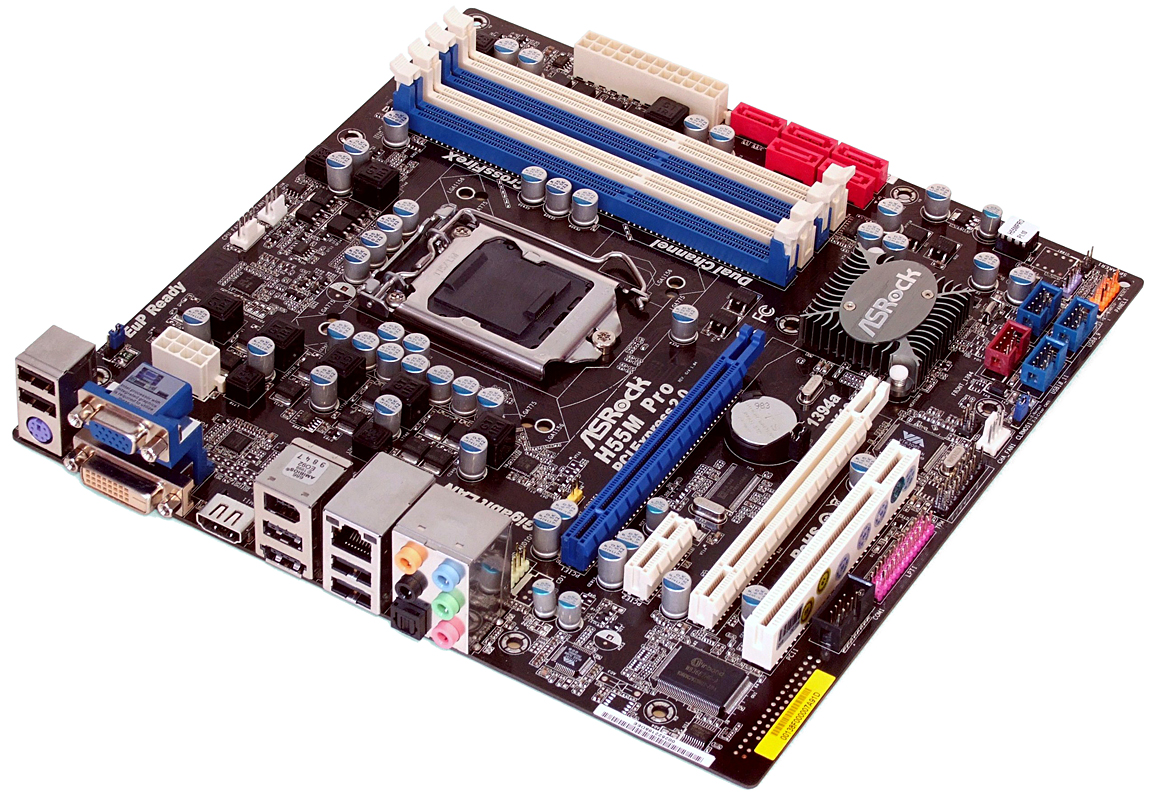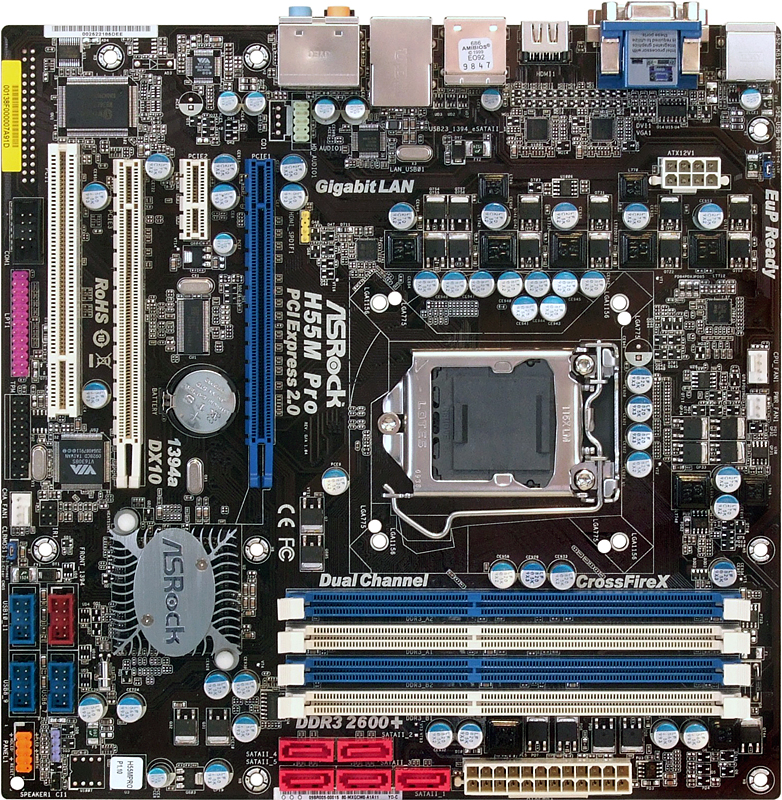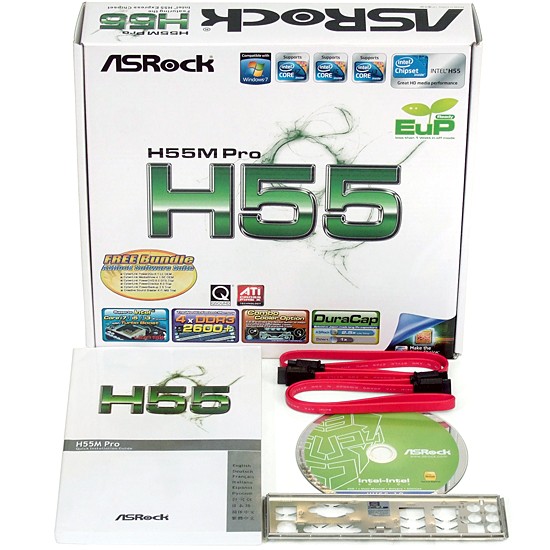Budget Computing: Nine H55 And H57 Motherboards Compared
ASRock H55M Pro
ASRock usually overwhelms its competition by expanding value across multiple markets, providing the chipset’s full set of features, plus its legacy connections and overclocking capability. The H55M Pro continues that trend, beginning with its triple-interface, dual-display, and integrated video outputs.
Yet, most of its competitors also offer HDMI, DVI, and VGA capabilities, so ASRock enhances value by also including two graphics card slots. Bandwidth limited by its four 2.5 Gb/s pathways, the second slot doesn’t interfere with onboard graphics. A card placed in the white slot can therefore be used in addition to any CPU-integrated controller or primary graphics card, to enhance multi-display capability.
Layout for the H55M Pro is superb, with USB 2.0 and IEEE-1394 FireWire front-panel connections located at the bottom-front corner of the circuit board for easy cable connections in any microATX case. The five SATA ports are also ideally located for reaching drives at either end of the case, and the front-panel audio header is even found near the midpoint of the motherboard’s rear, rather than the harder-to-reach bottom corner. The blue PCI Express (PCIe) x16 and x1 slots are even perfectly located for use with dual riser cards in low-profile cases.
Budget overclockers will be thrilled that this LGA 1156 motherboard also supports many LGA 775 CPU coolers via a second set of mounting holes. This only applies to coolers that use spring pressure to hold pressure against the heat spreader, since the thinner LGA 1156 package won’t make contact with solid-mount devices like Swiftech’s Apogee Drive.
One thing noticeably missing from the H55M Pro is the floppy connector, although the solder points for its pins are still present. Windows XP users who would like to add AHCI drivers during installation without jumping through hoops will be disappointed, as the rear-panel eSATA port is connected to the same H55 Express SATA controller. Also lacking pins is the CD In connection used by legacy TV tuner cards for an internal audio pass-through. However, parallel and serial port breakout connections still make the motherboard a drop-in upgrade for some business applications, which are features that are attractive to system integrators.
BIOS Features
ASRock was one of the first companies to apply its full range of overclock settings to low-cost microATX motherboards, although many of its competitors have followed suit. Opening the OC Tweaker menu reveals a range of settings typically found on similarly priced full-sized models.
Get Tom's Hardware's best news and in-depth reviews, straight to your inbox.
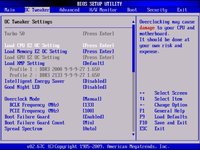
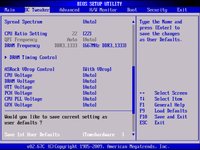
Basic frequency and voltage controls should allow the H55M Pro to at least reach the stability limits of its onboard hardware, if not the limits of some processors. ASRock adds access to three custom BIOS profiles at the bottom of this menu.
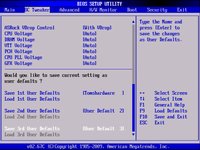
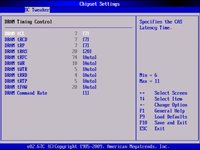
A simplified DRAM timing menu still contains all the settings we typically use with automatic settings for those not manually adjusted.
Accessories
With no Ultra ATA or floppy interface on the H55M Pro, the presence of only two SATA cables marks our only disappointment in its installation kit. System integrators will probably want to contact ASRock directly concerning availability of legacy-interface breakout cables.
-
Crashman wintermintDo anyone know how good is the integrated graphics found in these mobos? Can it handle some games?Reply
It's not on the motherboard, it's on the CPU. Different CPU's have different clock speeds for the GPU. And it can't even play most games, let alone play them smoothly:
http://www.tomshardware.com/reviews/intel-clarkdale-core-i5-661,2514-11.html -
liquidsnake718 useless... this is just for HD movies and simple web based games, onboard gpus on motherboards are even better than this intel..... i wonder if this was larrabee...... or if larabee will really come to fruitition as I read in a toms article its basically dead.... however i wonder if this was larrabee.....Reply -
anamaniac I'm sad to see Quantum Force (Foxconn's enthusiast line, such as the Bloodrage) die.Reply
At least Foxconn still makes really cheap stuff...
Honestly though, I'm more interested what's the lowest voltage you can get on stock clocks and DDR3 1066 cas6.
=) -
dertechie wintermintDo anyone know how good is the integrated graphics found in these mobos? Can it handle some games?Reply
The IGP is integrated into the Clarkdale CPU. I believe it is simply a further evolution of the X4500HD, and can at least now claim to be on rough par with ATI's integrated graphics, assuming that AMD hasn't done much to up the ante in the 800-series chipsets. Check the reviews of the i5-661 and the i3-5x0s. The 661 is the fastest IGP they sell (there's a reason reviewers all got that particular chip), at 900 MHz, the others are clocked at 733 MHz or 533 MHz. No, it can't run Crysis.
Larrabee is dead, it wasn't worth it to Intel to actually build it. The project isn't dead, but Larrabee Mk I will never see mass production silicon. -
enzo matrix Why do you guys only ever compare P55 and P57 boards? What about AM3? Or even 775 and AM2+?Reply -
anamaniac wintermintDo anyone know how good is the integrated graphics found in these mobos? Can it handle some games?Reply
http://techgage.com/article/overclocking_intels_core_i5-661/1
Intel i5-661.
CPU at 4.3GHz. IGP at 1133MHz. Both are at stock clocks.
ASUS P7H55D-M EVO
Crysis Warhead (1024x768, assuming low settings), 26FPS.
It can play Crysis. =) -
ta152h enzo matrixWhy do you guys only ever compare P55 and P57 boards? What about AM3? Or even 775 and AM2+?Reply
At least they moved to H55/H57, which is a platform that should sell a lot, rather than the brain-damaged P55 platform, which most sites spend a lot of time trying to convince (not that successfully, based on the bad sales) is a great platform.
Lynnfield/P55 is such a strange product, and appeals to such a limited segment of the market. It's not cheap, but it's a high-end product either. So, you get squeezed by x58, which is the real platform, or LGA 775, and now H55/H57 from below. It's not a big market segment, and I think it makes Intel's line a little confusing to average consumers, especially since the Clarksdale CPUs overlap it in cost from below, and the Bloomfield do from above.
It's obvious Intel didn't want to release CPUs with an IMC for the mainstream until they could move the IGP on-board the CPU. Since the IGP has to use the memory controller, there are compromises however you do it when you have an IMC. You either go to the processor, or you add the logic on the IGP (making it redundant), so Intel avoided that problem by putting it on the processor. The P55 is again neither fish nor fowl. It's got limited PCIe lanes, but doesn't have an IGP either.
There's a small segment where it makes sense. It's power efficient and the performance is only slightly less than Bloomfield in many situations, but I think the average consumer is going to find the H55/H57 much better for their needs (an IGP is critical in this market), and the enthusiast will want the full-blown Bloomfield. For that reason I think these motherboards are significant even though the P55 isn't. Maybe you don't want it, but, you'll probably have a friends/family neighbors asking about a computer with these products. They aren't technical marvels with their weird memory controller placed in the video controller, but aside from the distasteful technical compromises Intel made, they still address the market and needs of most people very well. The only one that is so offensive I could never bring myself to recommending is the new Pentium version. It probably is fine for most people, but it's so offensive, it's painful to recommend. I think LGA 775 is better at that point. Or AMD, of course. -
daniel266 WOW ! one more article about intel !! why im not suprised... hope that this comment dont disapear magically...Reply -
JohnnyLucky Thank you for including audio & video encoding benchmarks and productivity benchmarks.Reply
